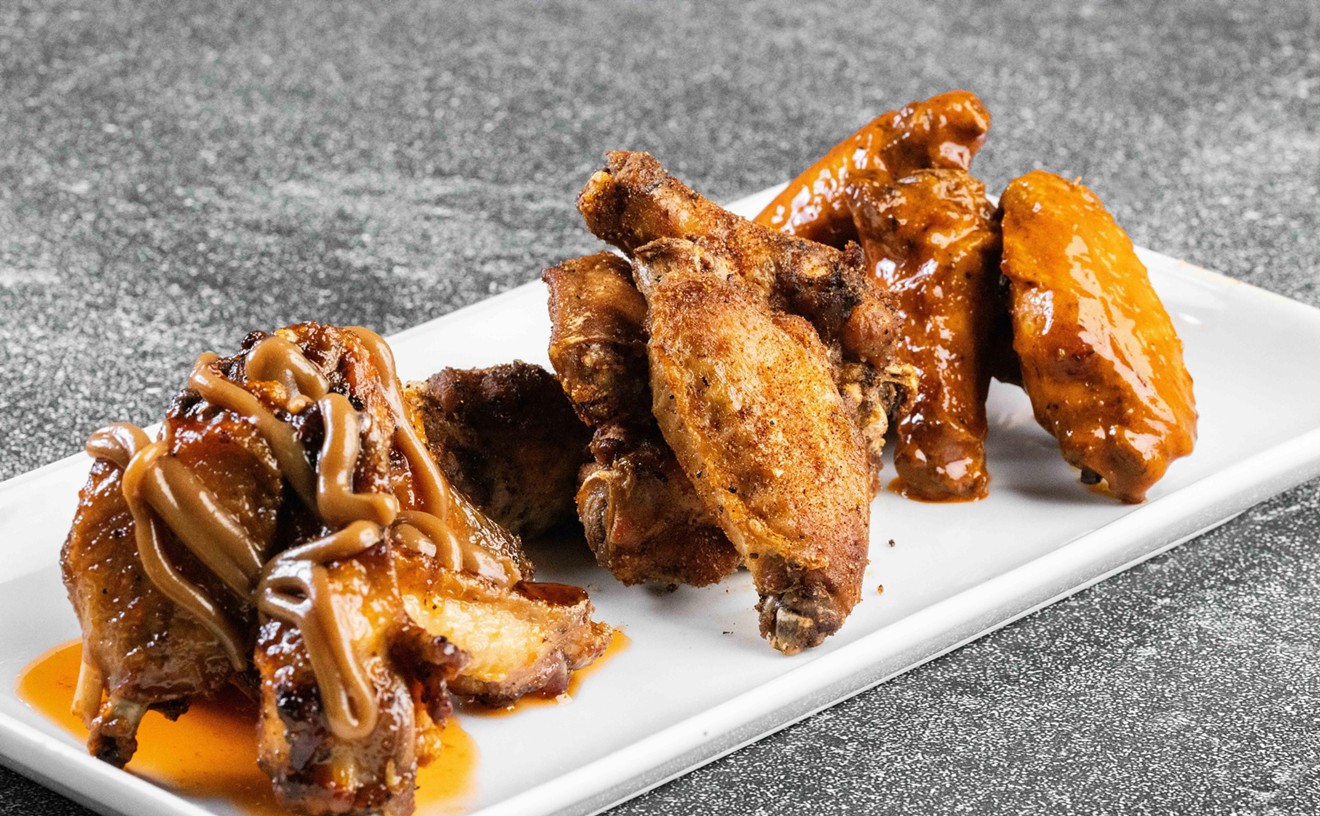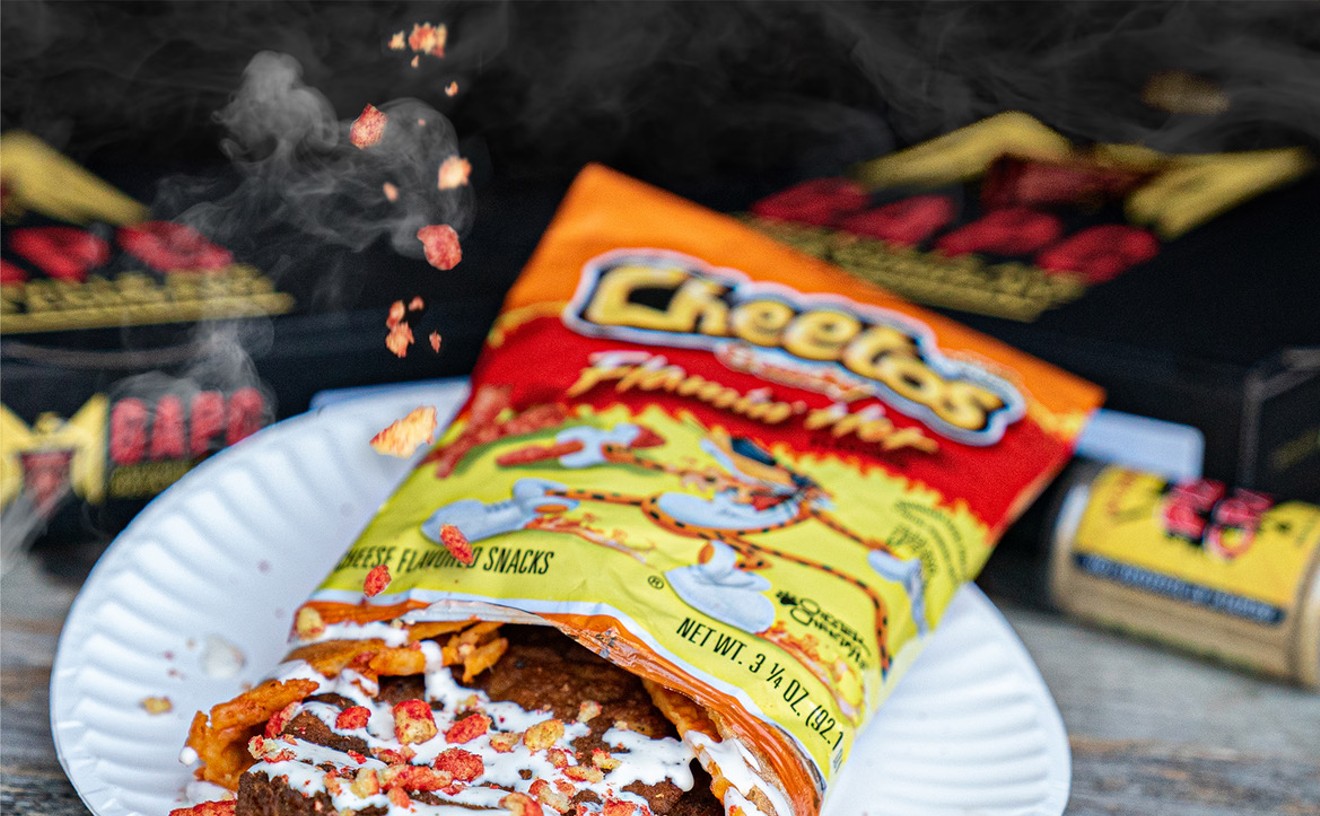With Zest Fest on the horizon, my eyes are a little more attuned to chili-related news. A post on the Smithsonian Food and Think blog seems a perfect primer to the upcoming festivities. See Also: -Zest Fest Returns to Irving Convention Center at Las Colinas -I Ate the World's Hottest Pepper This Weekend
Many know that the Scoville scale is used to determine just how much pain a chili pepper is capable of inflicting, but did you know how the scale was developed? You know, before we had high performance liquid chromatography?
Wilbur Scoville used human guinea pigs to measure the heat in chilies. The scale is based on dilution, and measures how much water it takes to effectively reduce the potency of a chili all the way down to zero. For instance Tabasco sauce ranks 2,500-5,000 on the Scoville scale, indicating it would take up to 5000 cups of water to make a measure of the flaccid sauce undetectable.
By comparison the Trinidad Scorpion chili measures 2,000,000 on the Scoville scale. That means a single chili could theoretically still be tasted in less than 125,000 gallons of water. Four scorpions would be enough to add a little piquancy to an Olympic swimming pool!
Of course, with modern science, we're able to measure the heat in chilies a bit more accurately, but that only helps us determine the heat in any one single pepper. Even withing a single variety, huge variations are possible due to soil, weather, and other conditions of the growing environment. That's why you often see ranges given for any given species. (350,000-580,000 for a habanero for instance.)
That means the only way to really tell how hot a specific chili is to eat it.










